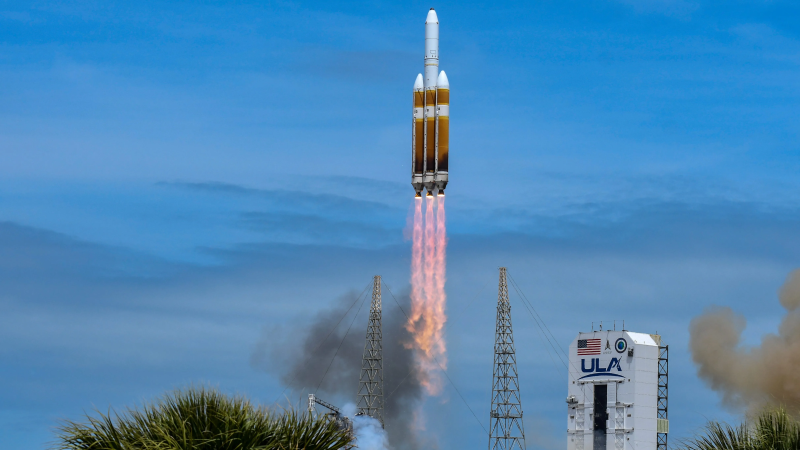NASA: Space junk that crashed through Florida home came from ISS, 'survived re-entry'
NASA has confirmed that the nearly 2-pound chunk of a jettisoned pallet of used batteries that crashed through the roof and two floors of a Florida man's house last month came from the International Space Station.
The space administration said in a blog post Monday that in March 2021, ground controllers used the International Space Station's robotic arm to "release a cargo pallet containing aging nickel hydride batteries from the space station following the delivery and installation of new lithium-ion batteries as part of power upgrades on the orbital outpost." The total mass of the hardware released from the space station was about 5,800 pounds, NASA said.
According to NASA, the hardware was expected to "fully burn up during entry through Earth's atmosphere on March 8, 2024." However, a piece of the hardware "survived re-entry" and crashed through a home in Naples, Florida.
Waste in space:Why junk in Earth orbit is becoming a huge problem
Nest cam shows object crash through Florida home
Alejandro Otero wasn't in his Naples home on March 8, although he said his son was two rooms away from the impact. The crash, which could be heard at 2:34 p.m. in his Nest home security camera footage, coincides with the time the U.S. Space Command noted the entry of some space debris from the ISS, Ars Technica reported.
“Something ripped through the house and then made a big hole on the floor and on the ceiling,” Otero told WINK News, which broke the story. “When we heard that, we were like, impossible, and then immediately I thought a meteorite.”
NASA is analyzing re-entry
NASA said it worked with the Kennedy Space Center in Florida to collect the item and, after analyzing it, determined the debris to be "stanchion from the NASA flight support equipment used to mount the batteries on the cargo pallet."

The object is made of the metal alloy Inconel, according to NASA, and weighs 1.6 pounds. It is 4 inches tall and measures 1.6 inches in diameter.
"The International Space Station will perform a detailed investigation of the jettison and re-entry analysis to determine the cause of the debris survival and to update modeling and analysis, as needed," NASA said in the blog post.
Contributing: C.A. Bridges, USA TODAY Network-Florida
Gabe Hauari is a national trending news reporter at USA TODAY. You can follow him on X @GabeHauari or email him at Gdhauari@gannett.com.
Disclaimer: The copyright of this article belongs to the original author. Reposting this article is solely for the purpose of information dissemination and does not constitute any investment advice. If there is any infringement, please contact us immediately. We will make corrections or deletions as necessary. Thank you.


